
The first part of an end-of-the-year review of LCGC International’s editorial coverage of HPLC 2025, which took place in Bruges from 19–23 June 2025 .

The first part of an end-of-the-year review of LCGC International’s editorial coverage of HPLC 2025, which took place in Bruges from 19–23 June 2025 .
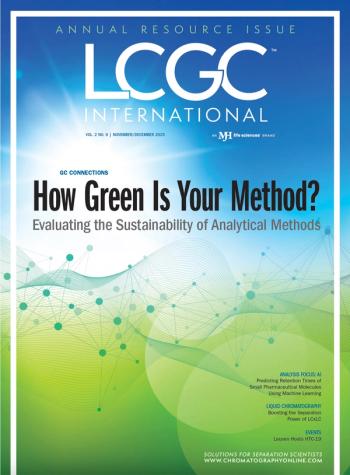
Click here to access the LCGC International November/December 2025 North American PDF in an interactive format.

Click here to access the LCGC International November/December 2025 Europe PDF in an interactive format.

UHPLC-QTOF metabolomics revealed garlic extract and B. subtilis alter key defense pathways, enhancing tomato resistance to Ralstonia solanacearum, an agent of bacterial wilt.

Top articles published this week include a clip from a recent panel discussion featuring female chromatographers, an inside look at how artificial intelligence (AI) is impacting separation science, and a feature on career opportunities for PhD graduates.
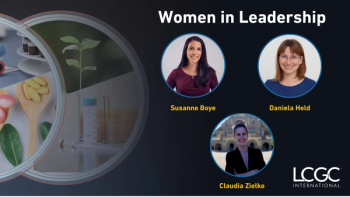
In the seventh part of this roundtable discussion focused on the experiences, challenges, and contributions of women in chromatography, LCGC International spoke to Susanne Boye, Daniela Held, and Claudia Zielke about how changes in lab cultures can positively impact women in chromatography.
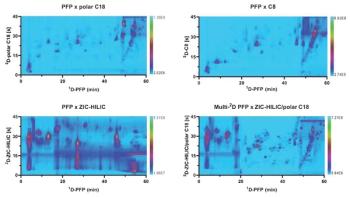
The article discusses advancements in two-dimensional liquid and gas chromatography (LC×LC and GC×GC) to address the challenges of analyzing complex samples in non-target analysis.
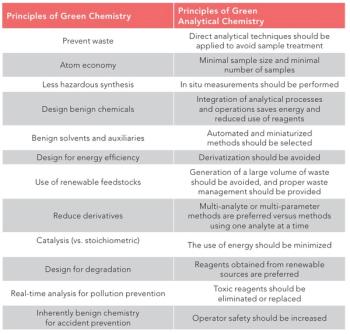
With the increasing interest in green chemistry and sustainability, analytical chemists are developing new methods and reexamining existing methods with a new emphasis on sustainability and environmental impact. Since the publication of the principles of green chemistry in the 1990s and the principles of green analytical chemistry in the 2000s, several scoring systems for evaluating the greenness or sustainability of analytical methods have been developed. In this column, we will examine three widely used scoring methods: Red, green blue (RGB), the analytical greenness metric (AGREE), and the analytical method greenness score (AMGS) with comments on how they all apply to gas chromatography (GC). We will see that classical GC, which has roots in the origins of the environmental movement, has been and remains among the greenest of analytical techniques.
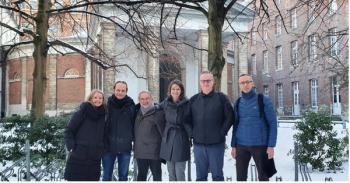
HTC-19 in Leuven will showcase the latest advancements in hyphenated techniques. This preview offers a glimpse of what you can expect.

A study investigating the use of lard-derived diacylglycerol (DG) as a fat replacer on the flavor characteristics of frankfurters detected 50 volatile compounds in the samples analyzed using gas chromatography-mass spectrometry (GC-MS).

After two and a half years at LCGC International, I reflect on my journey of growth, learning, and deep appreciation for the chromatography community and the people who make it thrive.

In the sixth part of this roundtable discussion focused on the experiences, challenges, and contributions of women in chromatography, LCGC International spoke to Susanne Boye, Daniela Held, and Claudia Zielke about the practical skills needed to lead a lab.
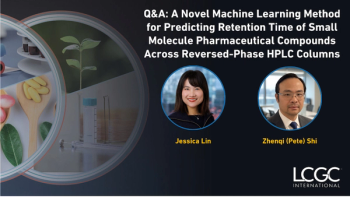
Jessica Lin and Zhenqi (Pete) Shi from Genentech describe a novel machine learning approach to predicting retention times for small molecule pharmaceutical compounds across reversed-phase high performance liquid chromatography (HPLC) columns.
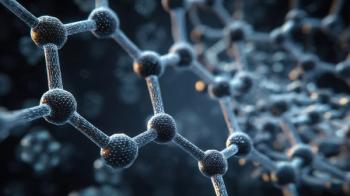
Andrew Anderson shares insights on the factors that may shape the next major advance in pharmaceutical informatics strategy.
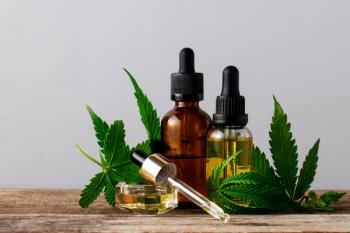
Researchers developed a technique optimizing the extraction process of six cannabinoids in cannabis oil and marijuana samples, as well as an analytical validation of a quantitative and qualitative method for seven cannabinoids, using ultrahigh-performance liquid chromatography coupled with low-resolution mass spectrometry (UHPLC-LTQ-MS).

How might the relationship between human and machine evolve over the coming years?
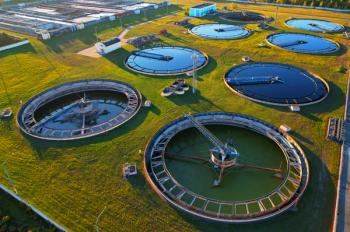
Responding to a lack of sensitive analytical methods for detecting associated medications in complex wastewater matrices, researchers at the University of Louisville developed and validated a liquid chromatography-tandem mass spectrometry (LC-MS/MS) method using multiple reaction monitoring for 10 common respiratory pharmaceuticals.

In the fifth part of this roundtable discussion focused on the experiences, challenges, and contributions of women in chromatography, LCGC International spoke to Susanne Boye, Daniela Held, and Claudia Zielke about the power of networking.

This article explores the diverse career paths where analytical sciences PhDs create impact in fundamentally different ways than traditional research roles, and provides practical guidance on how to pursue them.

Andrew Anderson, VP of innovation and informatics strategy at ACD/Labs, explores the interplay between human expertise and AI capabilities.

A research team comprised of members of the University of Liège and the College of William & Mary developed a robust analytical workflow to profile volatile organic compounds (VOCs) emitted during accelerated thermal aging of smokeless powders formulated with those green stabilizers. Headspace solid-phase microextraction coupled with comprehensive two-dimensional gas chromatography–time-of-flight mass spectrometry (HS-SPME–GC×GC–TOFMS) provided high peak capacity and sensitive VOC detection. LCGC International spoke to Pierre-Hugues Stefanuto of the University of Liège about this workflow and its potential implications for future research.

Discover the latest advancements in supercritical fluid chromatography and extraction at SFC/SFE Japan 2026.

What steps should be taken when reactivating your gel permeation chromatography/size-exclusion chromatography (GPC/SEC) instrument after an extended shutdown period?

In the fourth part of this roundtable discussion focused on the experiences, challenges, and contributions of women in chromatography, LCGC International spoke to Susanne Boye, Daniela Held, and Claudia Zielke about how best to navigate challenges in chromatography.
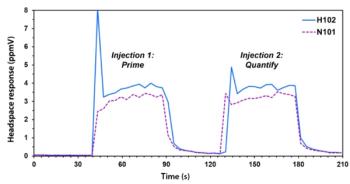
Selected ion flow tube mass spectrometry (SIFT-MS) offers potential for rapid screening of volatile nitrosamines and their amine precursors in a single run.

Anderson details how ACD/Labs ensures that data are AI-ready and FAIR-compliant across diverse systems common in pharma R&D.
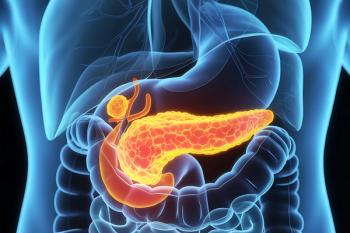
To detect estrogen and its metabolites in the ovarian-type stroma of pancreatic mucinous cystic neoplasm (MCN) tumors, researchers applied a novel liquid chromatography–tandem mass spectrometry (LC-MS/MS) method.

Top articles published this week include several clips from a recent panel discussion featuring female chromatographers and an inside look at how artificial intelligence (AI) is impacting separation science.
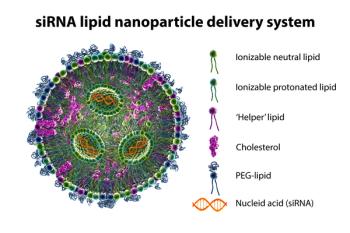
A fast, selective, and quantitative liquid chromatography (LC) method was developed for lipid nanoparticles (LNPs) analysis, using evaporative light scattering for sensitive detection of the analytes of interest.

In the third part of this roundtable discussion focused on the experiences, challenges, and contributions of women in chromatography, LCGC International spoke to Susanne Boye, Daniela Held, and Claudia Zielke about how to position yourself for leadership.